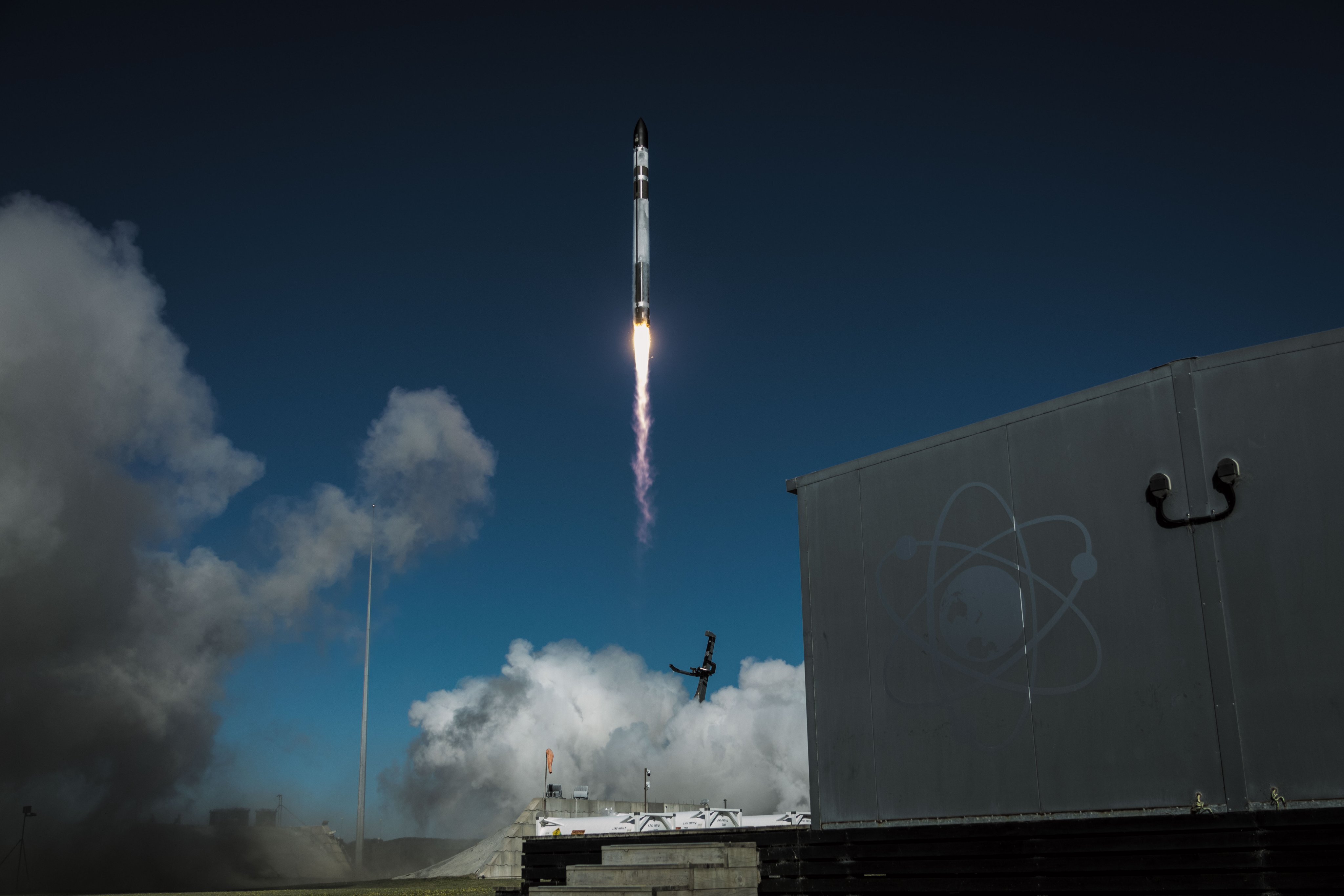The rocket ride for NASA's ambitious Lucy asteroid mission rolls out to launch pad
Lucy will launch on an Atlas V rocket early Saturday (Oct. 16).

CAPE CANAVERAL, Fla. — NASA's newest asteroid probe, named Lucy, rolled out of to the launch pad today (Oct. 14) ahead of its planned Saturday morning liftoff.
Just after 10:30 a.m. EDT (1430 GMT), the Atlas V rocket built by the United Launch Alliance (ULA) began its 1,800-foot (550 meters) journey from its vertical integration facility, where it was stacked, to the launch pad at Space Launch Complex 41. The rollout took approximately an hour, and left the 188-foot-tall (57.3 m) rocket perched atop its pad until launch day. Built by Lockheed Martin, the 3,300-pound (1,500 kilograms) Lucy spacecraft is set for launch on Saturday (Oct. 16), which is the first opportunity in a planned 23-day launch period that will kick off the spacecraft's 12-year trek through the solar system.
Lucy will fly by a total of eight different asteroids (seven Trojans, which are located ahead of and behind Jupiter in its orbit, and one main belt) in order to help scientists better understand how the solar system evolved. Researchers believe that the Trojans are perfectly preserved cosmic time capsules and hope that studying them could shed more light on how the giant planets formed.
Related: Meet the 8 asteroids NASA's Lucy spacecraft will visit
On launch day, Lucy will have a 75-minute launch window that opens at 5:34 a.m. EDT (0934 GMT). It will ride to space atop one of ULA's most basic Atlas V rockets, the 401, which relies on a single-engine Centaur upper stage and does not use solid rocket boosters.
Lucy's rocket was originally intended to ferry Boeing's Starliner crew capsule on an uncrewed test flight to the International Space Station, but after teams discovered a valve issue in the capsule's propulsion system, teams were forced to send the craft back to the factory to troubleshoot the issue; that flight is now expected to launch in 2022.
So the rocket was reassigned to Lucy. In order to support that mission, teams at ULA had to remove the rocket's dual-engine Centaur upper stage as well as the strap-on solid rocket boosters that were designed to propel the Starliner capsule into space. A different Centaur upper stage with a single RL10 engine was installed on the rocket's first stage ahead of the spacecraft's integration.
Breaking space news, the latest updates on rocket launches, skywatching events and more!
"It was unfortunate that OFT-2 had its malfunctioning valve problems way late in the game," Omar Baez, launch director for Lucy at NASA's Launch Services Program at Kennedy Space Center said during a prelaunch news conference on Sept. 28. “And luckily, we were able to take lemons and make lemonade out of it."
This mission will mark the 89th launch of an Atlas V rocket and the 100th mission to fly from ULA's pad (SLC-41) at Cape Canaveral Space Force Station. Currently, weather officials at the 45th Space Delta predict a 90% chance of favorable conditions for launch, with the only cause for concern being the potential for cumulus clouds.
Follow Amy Thompson on Twitter @astrogingersnap. Follow us on Twitter @Spacedotcom and on Facebook.

Amy Thompson is a Florida-based space and science journalist, who joined Space.com as a contributing writer in 2015. She's passionate about all things space and is a huge science and science-fiction geek. Star Wars is her favorite fandom, with that sassy little droid, R2D2 being her favorite. She studied science at the University of Florida, earning a degree in microbiology. Her work has also been published in Newsweek, VICE, Smithsonian, and many more. Now she chases rockets, writing about launches, commercial space, space station science, and everything in between.
